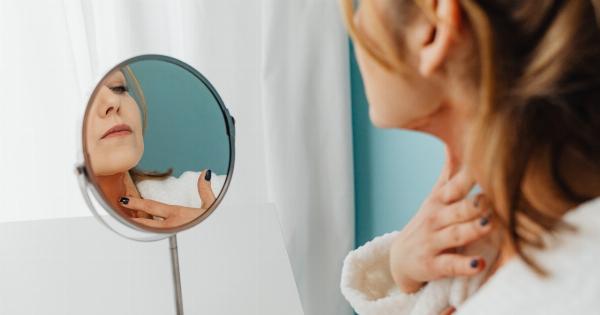Acupuncture is an ancient Chinese medical practice that involves the insertion of needles into specific points in the body to relieve pain and promote healing.
The practice has been used for centuries to treat a variety of conditions, including musculoskeletal pain.
Musculoskeletal pain refers to pain or discomfort in the muscles, bones, tendons, ligaments, or joints. It can be caused by a variety of factors, such as injury, overuse, or underlying medical conditions.
Traditional treatments for musculoskeletal pain often include medications, physical therapy, and surgery. However, acupuncture has emerged as an effective alternative or complementary treatment for musculoskeletal pain.
How Acupuncture Works
Acupuncture is based on the concept of qi (pronounced “chee”), which is the vital energy that flows through the body along specific pathways called meridians. The meridians are connected to specific organs and bodily functions.
When the flow of qi is disrupted, it can cause pain and illness.
The goal of acupuncture is to restore the flow of qi by stimulating specific points along the meridians. The needles used in acupuncture are extremely thin and are inserted into the skin at a depth of a few millimeters.
The needles are left in place for a period of time, usually between 15 and 30 minutes, during which time the patient may feel a sensation of tingling or numbness.
Acupuncture has been shown to stimulate the release of endorphins, which are the body’s natural painkillers. It also increases blood flow and reduces inflammation, which can help to relieve musculoskeletal pain.
What Conditions Can Acupuncture Treat?
Acupuncture has been shown to be effective in treating a variety of musculoskeletal conditions, including:.
- Low back pain
- Neck pain
- Osteoarthritis
- Tennis elbow
- Carpal tunnel syndrome
- Fibromyalgia
Acupuncture has also been shown to be effective in treating other conditions, such as headaches, migraines, and anxiety.
What to Expect During an Acupuncture Treatment
During the initial consultation, the acupuncturist will take a detailed medical history and perform a physical exam. The acupuncturist will then create a treatment plan based on the patient’s specific needs.
During the treatment, the patient will lie down on a comfortable table. The acupuncturist will insert needles into specific points in the body, which may be located near the site of the pain or in other areas of the body.
The needles will remain in place for a period of time, during which time the patient may feel a sensation of tingling or numbness.
After the treatment, the acupuncturist may recommend additional therapies, such as heat therapy or massage. The patient may also be given exercises or stretches to perform at home to help promote healing.
Is Acupuncture Safe?
Acupuncture is generally considered to be safe when performed by a licensed and experienced practitioner. The needles used in acupuncture are sterile and disposable, and the risk of infection is low.
However, as with any medical treatment, there are some risks associated with acupuncture. These include mild side effects such as bruising, soreness, or bleeding at the site of the needle insertion.
In rare cases, more serious side effects such as organ puncture or infection may occur.
It is important to choose a licensed and experienced acupuncturist and to discuss any concerns or questions with the practitioner before beginning treatment.
Conclusion
Acupuncture has emerged as an effective alternative or complementary treatment for musculoskeletal pain. It works by restoring the flow of qi through the body and stimulating the release of endorphins to relieve pain and promote healing.
Acupuncture is generally considered to be safe when performed by a licensed and experienced practitioner.



























